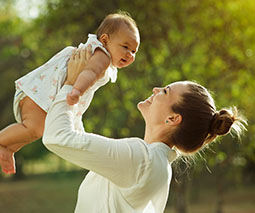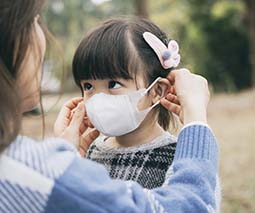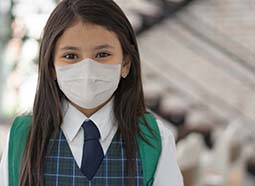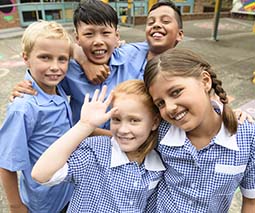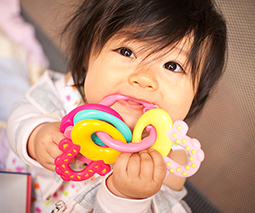Does your child snore? Here’s what it could mean

Does your child snore? It could be sleep apnoea.
Professor Sarah Blunden is a paediatric sleep specialist from the Sleep Health Foundation. She talks all things sleep apnoea – what it is, and what it means if your child has it.
What is sleep apnoea?
“Sleep apnoea is the word that we use for the closing up of the upper airway, the respiratory system, while we sleep,” says Sarah. “It’s when the breathing stops because the upper airway closes over, and the air can’t get through.”
According to Sarah, snoring is a sign of sleep apnoea, where the upper airway vibrates with effort to get the air into the lungs and around the body. “That effort that the body goes through is the sound of snoring,” says Sarah. “Snoring is an indication that the upper airway is not very happy, is the way I’d describe it.”
Listen to Dr Sarah Blunden on Feed Play Love:
Signs of sleep apnoea
Sleep apnoea means that the oxygen is not getting through from the lungs to the brain, which is not good for the body and the brain. “Fortunately, we have a defence mechanism if oxygen levels drop too low in our bodies and we wake up and gasp for breath,” says Sarah.
So as well as snoring, there are other signs of sleep apnoea. “There’s also multiple wake-ups and gasping for breath overnight and when we wake up in the morning, we’re often tired,” says Sarah. “Even though we may have been in bed for a long time, we haven’t had a good quality sleep.”
How does it affect children?
The impact of sleep apnoea on children is quite significant. Depending on the severity of the upper airway problem, psychological, neuropsychological and physiological consequences can present.
“A physiological issue might be poor sleep,” says Sarah. “Poor sleep leads to the likelihood of putting on weight, getting sick, or developing, in the long-term, an immune system dysfunction and endocrine problems such as diabetes.”
Poor sleep also has an impact on a neuropsychological level. “Our brain needs to recharge overnight; it needs to consolidate memories; it needs to consolidate knowledge and information,” says Sarah. “Without good sleep, we don’t remember well. We don’t concentrate the next day because we’re tired, and our learning is compromised.”
For that reason, Sarah has seen people with sleep apnoea with lower IQs. “People have a higher likelihood of showing behaviours such as hyperactivity because the section of the brain that needs the most sleep – the prefrontal cortex – also regulates behaviour, mood and learning. So the prefrontal cortex can’t cope with less sleep and starts to overreact,” she says.
How do you treat sleep apnoea?
The treatment for sleep apnoea in children usually involves surgery to remove the tonsils and adenoids. “In 80 to 85 percent of cases, it does the trick and allows the upper airway to be happy and let the air flow as it should be,” says Sarah. “So, that’s a surgical procedure, and it’s not undertaken lightly in young children.”
There are also machines that can help, particularly for children with extra challenges such as global developmental delay or Down syndrome, who have high rates of sleep apnoea. “These are machines that you can put over your nose and mouth that help the upper airway to stay open by pushing air down the throat of the child,” says Sarah. “They’re not very pleasant, and they don’t have a great success rate in children. But they are very effective for those children who don’t respond to traditional tonsil and adenoids surgery.”
There are other reasons for sleep apnoea, which may call for different sorts of treatments. “Depending on where the problem of the upper airway is. It might be the nose, and that might mean a sinus operation, or it might be a nasal spray,” says Sarah. “It might be the morphology of the mouth, and that might mean some sort of dental device that can move and adjust the jaw.”
Does my child have sleep apnoea?
According to Sarah, only 15 percent of school children snore, with only 1.5 or 2 percent having sleep apnoea. “Snoring is a sign of sleep apnoea, but it doesn’t necessarily mean that the upper airway is closing up, which is what an apnoea actually is,” she says. “But it’s an indication that it might be on the cards.”
Snoring is very common between the ages of two and four because the morphology of the jaw is growing differentially to the upper airway. “The upper airway hole at the back of the throat is smaller compared to what it will be as they get older, so there is such a thing as developmentally appropriate snoring,” says Sarah.
But if a child’s tonsils are large and accompanied with other symptoms such as snoring, fatigue, behavioural manifestations and increased incidences of tonsillitis, then Sarah says “that would ring alarm bells.”
